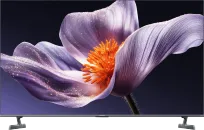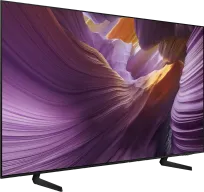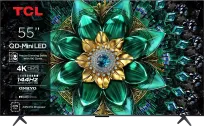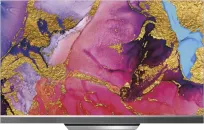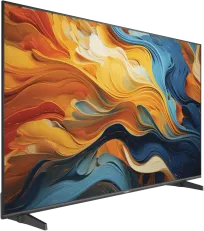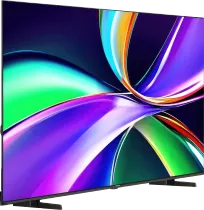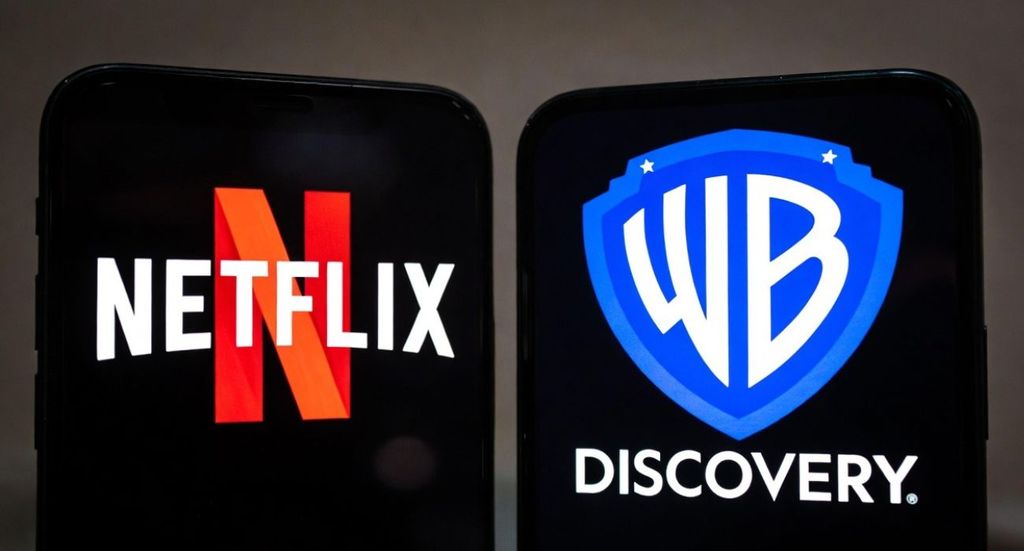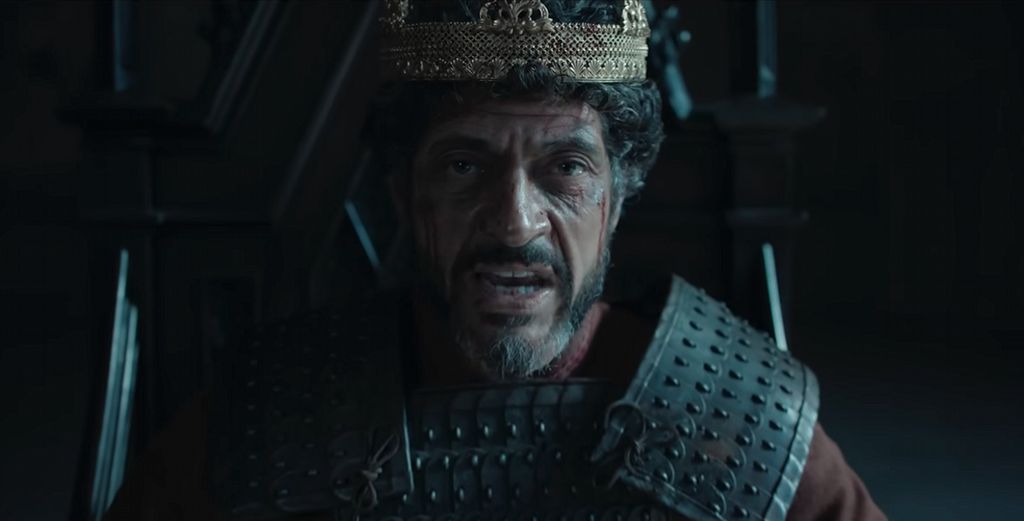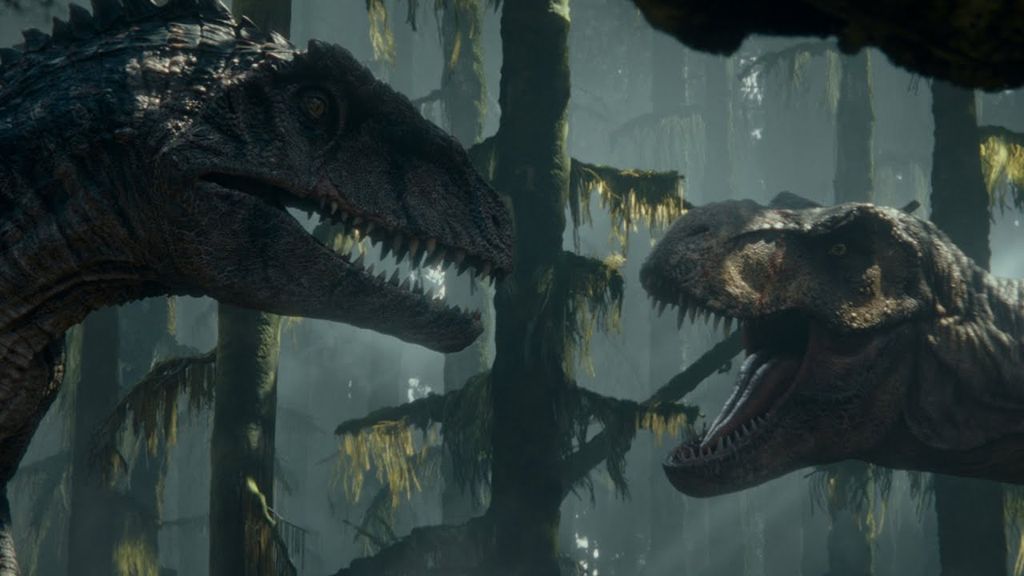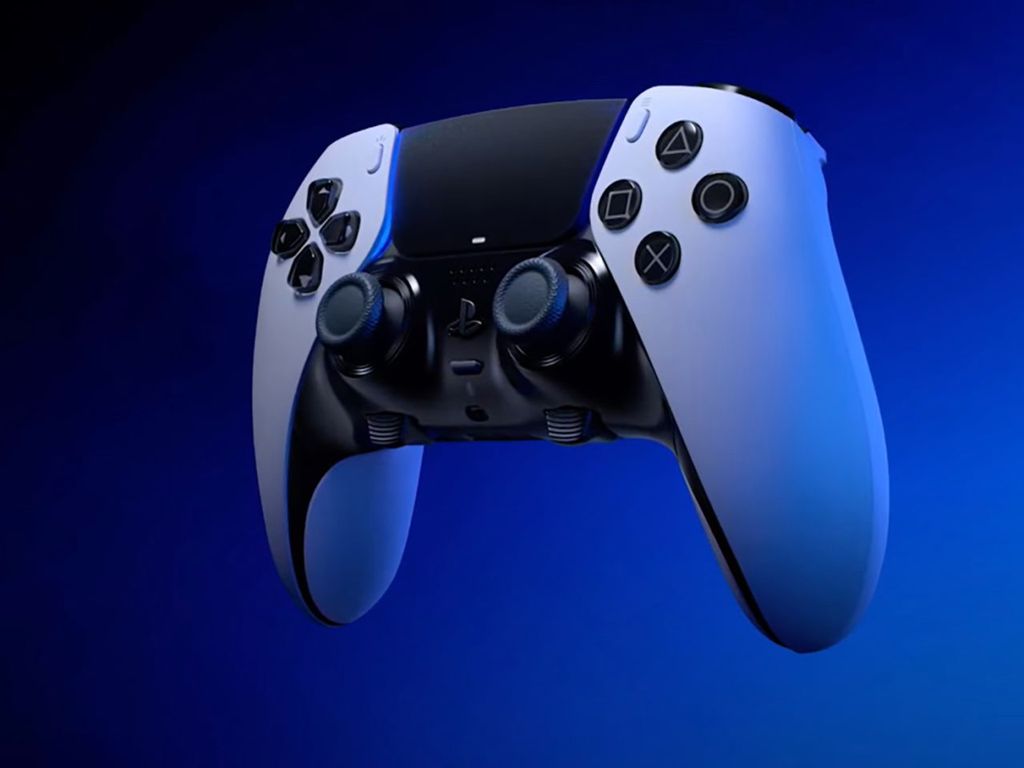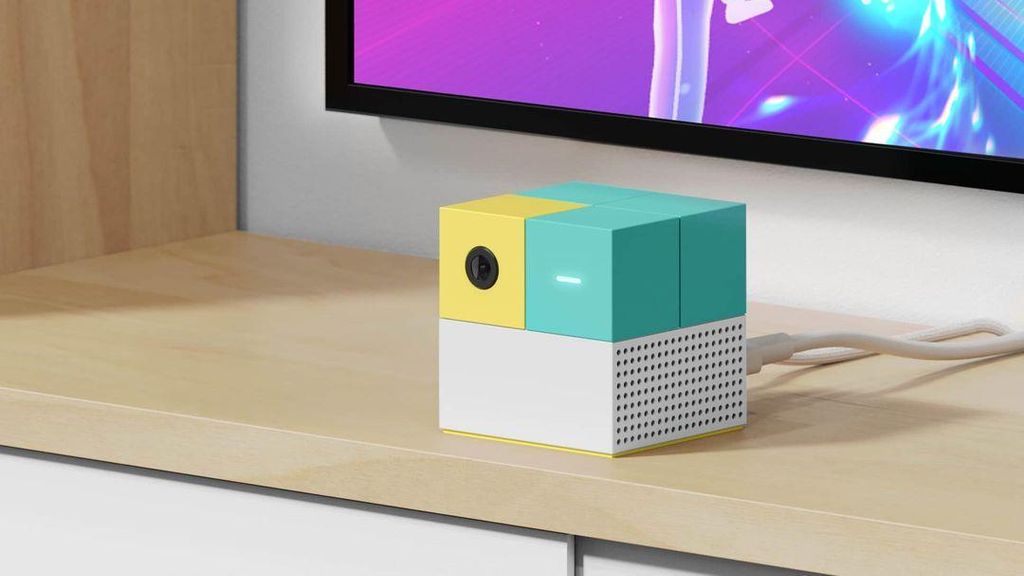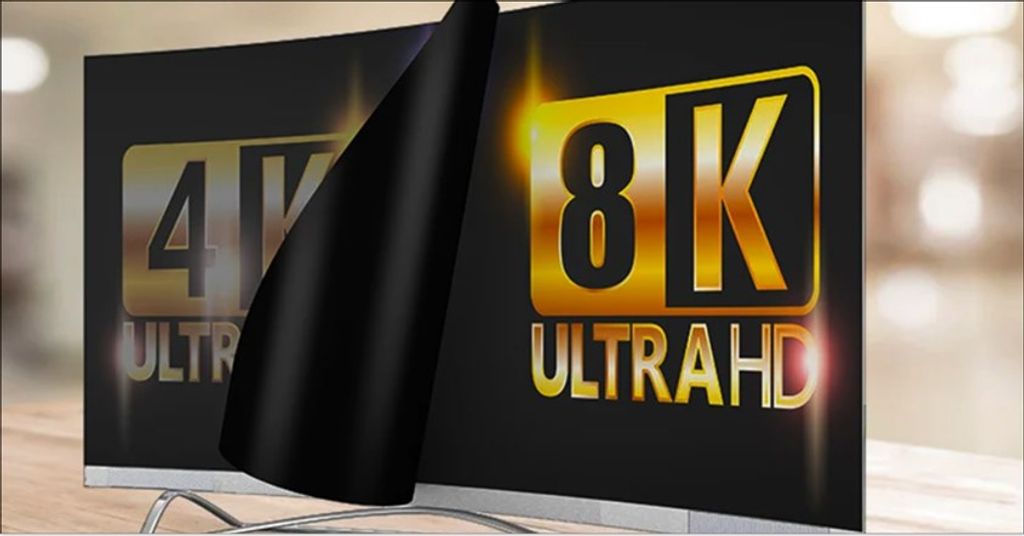
During the panel "From Classics to Cutting Edge" at the CEDIA 2025 trade show, representatives from Warner Bros and IMAX revealed the latest information regarding production and archiving in 8K. According to a report by the 8K Association, Warner has already digitized 35–40 films in 8K resolution or higher – almost double what it was at the beginning of 2025.
8K as a Standard for Archiving, Not Distribution
Miles DelHoyo, the director of technical strategy and new formats integration at Warner Bros Discovery, admitted that the work in 8K focuses primarily on preserving original copies of films in the highest possible quality, rather than on their immediate distribution.
“Most of the content we deliver is currently in 4K HDR, but many of them already have 8K versions prepared for future use,” said DelHoyo.
According to him, scanning a single 35mm film in 8K takes about 3.5 times longer than in 4K. Among the titles processed in 8K are “2001: A Space Odyssey”, “Oppenheimer”, “Blade Runner” (1982), “The Wizard of Oz”, “Rebel Without a Cause”, “My Fair Lady”, and “West Side Story” (1961).
Some of them were shot on 65mm film, while others in Vistavision or Technorama formats, allowing for significantly higher detail than standard 35mm.
IMAX: 8K is just the beginning
Greg Ciaccio, vice president of post-production at IMAX, pointed out that the IMAX film format has a theoretical potential reaching 18K. In practice, the company currently uses Lasergraphics Director 13.5K scanners and is working on further developing the technology.
“IMAX has been experimenting with 8K since 1972,” Ciaccio reminded.
While post-production for most major releases – like “Oppenheimer” – is already done in 8K, special effects and CGI are still mostly created in 2K, which still constitutes a bottleneck in fully utilizing the potential of this resolution.
8K will reach homes faster than theaters
An interesting observation from Ciaccio was that the 8K ecosystem will develop faster in homes than in cinemas. The reason? There is still no DCI standard for digital cinema in 8K.
“Televisions are getting larger, and the distance from the viewer remains the same – that’s why we need more pixels. The same goes for VR headsets, which in the future will reach even 8K per eye” – stated a representative from IMAX.
Samsung has already showcased snippets of films such as “Creed III”, “Barbie”, “Blue Beetle”, “Dune: Part Two”, and “Wonka” in 8K. However, despite the presence of the first 8K LCD TVs on the market, they still fall short of 4K OLEDs in terms of quality and price. Current VR goggles typically offer around 4K per eye, so full 8K in immersive headsets will have to wait a bit longer.
The world of film is slowly preparing for the 8K era. Warner Bros is scanning its archives, IMAX is exploring the limits of technology, and hardware manufacturers – like Samsung – are already showing the first materials in this resolution.
Although viewers will be watching movies in 4K for a long time, everything indicates that the next generation of image is being created today – frame by frame, pixel by pixel.
 Katarzyna Petru
Katarzyna Petru

